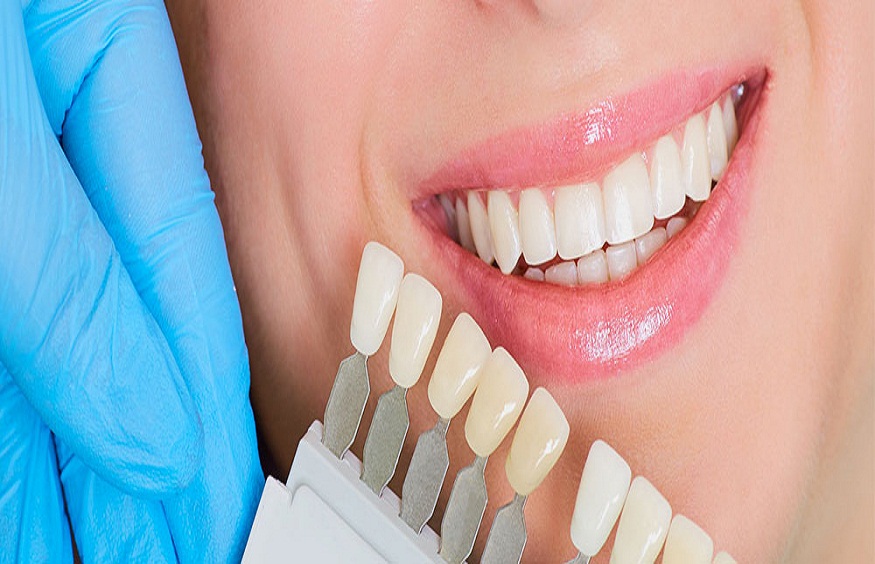Welcome to our guide on dental bridges and crowns. Today, we’ll let you in on the secrets of these common dental procedures. Did you know that these treatments can bring back the beauty of your smile? No need to worry, we’ve consulted with experts in the field. One of them being Dr. Steven Kaplan New York, who has extensive experience in this field. So sit back, relax, and let’s take the mystery out of dental bridges and crowns.
What are Dental Bridges and Crowns?
Dental bridges and crowns are fixed prosthetic devices. They are not like removable devices such as dentures, which you can take out and clean daily. Dentists cement these devices onto existing teeth or implants. Only dentists can remove them.
Dental Crowns
Dental crowns are used to entirely cover or “cap” a damaged tooth. Besides strengthening a damaged tooth, a crown can be used to improve its alignment, shape, or appearance. Crowns can also be placed on top of an implant to provide a shape and structure for function like a real tooth. Crowns come in several materials, including porcelain, ceramic, metal, and gold.
Dental Bridges
If you’re missing one or more teeth, your dentist may suggest a bridge. A bridge uses the teeth on either side of the gap – these two or more anchoring teeth are called abutment teeth – with a false tooth in between. These false teeth are called pontics. Like crowns, you have a choice of materials for bridges. Your dentist can help you decide which to use, based on the location of the missing tooth, its function, aesthetic considerations, and cost.
Procedure for Dental Bridges and Crowns
Getting a crown or a bridge usually requires two visits. During the first visit, the dentist examines and prepares the tooth. The second visit is for the placement of the permanent crown or bridge. Let’s dive deeper into the procedure:
- Examination: X-rays of the tooth/teeth in question will be taken to check for any decay and to plan the bridge or crown.
- Preparation: The dentist will then prepare the tooth by removing the outer portion so the crown will fit. Any decay is also removed. If additional tooth structure is needed to support the crown, the dentist may build up the core of the tooth.
- Impression: Impressions of the teeth are made. These are sent to a dental lab where the crown will be manufactured. The crown is usually ready in two to three weeks. If the crown or bridge is made of porcelain, your dentist will also select the correct shade for the crown to match the color of your existing teeth.
- Placement: During your second visit, the temporary crown or bridge is removed. The new crown or bridge is checked and adjusted for any bite discrepancies. Your new crown or bridge will then be cemented into place.
Comparison Between Dental Bridges and Crowns
| Dental Bridges | Dental Crowns | |
| Function | Fill the gap of missing tooth or teeth | Cover a damaged tooth or implant |
| Procedure Time | Two visits (usually two to three weeks apart) | Two visits (usually two to three weeks apart) |
| Longevity | Up to 15 years with good oral hygiene | Up to 15 years with good oral hygiene |
| Material Options | Porcelain, ceramic, gold, alloys | Porcelain, ceramic, gold, alloys |
With good oral hygiene, both dental bridges and crowns can last a lifetime. They help restore a healthy, beautiful smile. The choice between a bridge or a crown depends upon the condition of the teeth in question. Your dentist can guide you in making the best choice for your oral health. We hope this guide provides a clearer understanding and puts you at ease for your next dental visit. Just remember, a healthy smile is always in style.

